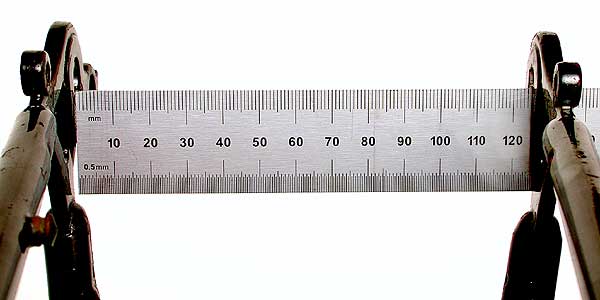
What are the forces the efficient artist uses to effortlessly move an opponent around the room? I suppose there are many answers to this question, but today I see three major energies that a skillful Aikidoka uses to create his energy. These factors are a part of universal Ki 氣.
In 2006, the NAWTF - North American Wu Dang Taoist Foundation, sponsored an event bringing thirty Wu Dang Taoist Arts Practitioners to Austin, TX. I attended several of the public workshops they held. They taught chi gung, sword work, and even their methodology for amulet making. In all of the sessions people keep asking about chi 氣 cultivation and referring to their personal chi 氣. Eventually one of the monks said there must be a difference in the way we understood chi 氣 and their focus on chi. The monk said, yes of course there is personal chi 氣, but it is small and limited. The great majority of it comes from the universe. The Wu Dang systems, as I understood it from the monks were focused on tapping into this larger universal chi 氣 and largely they seemed uninterested in personal chi 氣.
Now If I just just lost you with references to eastern esoterica, fear not. Allow me to translate in a very relevant way for our exploration of the martial path. An effective martial artist does not really engage his opponent with the physical body and it's myriad limitations. Instead the masterful artists look to implement the very forces of the universe as their tools. Like a wizard - time, space and gravity are the weapons wielded by the Aikido master. The art is simply choosing where to place himself in this matrix of natural forces.

Timing is the use of time as a tool for the implementation of Aikido. The dictionary defines timing as "the selecting of the best time or speed for doing something in order to achieve the desired or maximum result." Through practice the Aikido technician understands the necessary time involved to achieve maximum efficiency. Simply by knowing when to move the Aikido artist gains more power than he could ever could through sheer force. Another aspect of time that the skillful student gains is being able to see potential futures - a precognition of sorts. By being put in technical situations over and over, the Aikidoka learns to predict to most likely outcome of a particular physical relationship and can see a few steps into the future.

Space is another of the major tools the Aikido adept masters in order to gain apparently effortless power.
Dictionary.com says
1.an act of someone or something that spaces.
2.the fixing or arranging of spaces.
Simply by moving himself into space in the correct time, the Aikidoka robs his opponent of a target, he becomes a door, a wall, a mirage or a statue. He gains the power of softness or the power of rigidity. He becomes supple or seemingly unmovable. A skillful Aikidoka creates harmony in violence and at the same time causes dysfunction with his opponents structure.

Gravity, the power of attraction is another of the major factors. Gravity gives us our ultimate power and hopefully our opponents ultimate weakness. It clearly defines the parameters for engagement. It clearly shows us We use gravity to create our steps, our movement through space and time. The aikidoka powers pushes through the effect of this constant power affecting our mass.







"The Wu Dang systems, as I understood it from the monks were focused on tapping into this larger universal chi 氣 and largely they seemed uninterested in personal chi"
ReplyDeleteWow, I've never really thought about that before, but it seems revealing. Often times through translation in the West, it makes sense that "one's own chi" would be most important, but could seem very infintesimal compared to the chi of the whole world. I think the limited view of just thinking about your own chi creates a great discrepancy between internal Chinese practitioners and Aikidoka, even though they're working on a lot of the same things.
Great start, keep going!
ReplyDeletePrenatal Chi is what we are born with, and there is a limited supply. Postnatal Chi is what we get from the food we eat and the environment around us. We can gain more of it if we try.
I have similar thoughts on environmental Chi in a new post at Dojo Rat.
-John
nice work.
ReplyDeleteI enjoy your posts! Thank you for sharing.
ReplyDelete